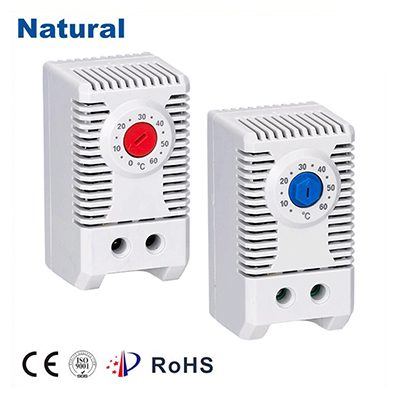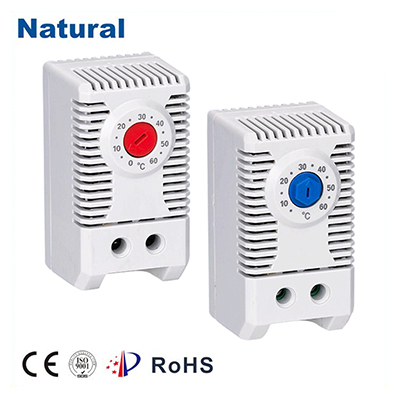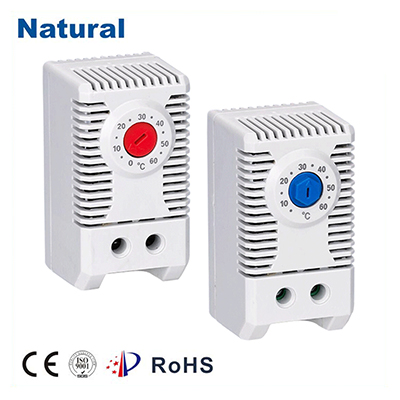A bimetal thermostat is an essential component used in various applications to regulate temperature effectively. It operates based on the principles of thermal expansion of two different metals bonded together. When the temperature changes, the differing expansion rates of the metals cause the bimetal strip to bend, which can open or close electrical contacts, thereby controlling the heating or cooling systems.

The construction of a bimetal thermostat typically involves two metals with different coefficients of expansion, such as steel and copper. These metals are joined at one end, allowing the other end to move freely. As the temperature rises, the metal with the higher expansion rate expands more than the other, causing the strip to bend. This bending action can trigger a switch that turns on or off a heating or cooling device, ensuring that the temperature remains within a desired range.

Bimetal thermostats are widely used in various household appliances, including ovens, refrigerators, and heating systems. In ovens, for example, they help maintain a consistent cooking temperature, while in refrigerators, they ensure that the internal environment stays cool. Their reliability and simplicity make them an ideal choice for many applications. One of the ultimate advantages of bimetal thermostats is their durability. They do not require external power to operate, making them energy-efficient. Since they rely on mechanical movement rather than electronic components, they are less prone to failure, which is crucial for long-term operation. Additionally, they can function effectively in a wide range of temperatures, making them versatile for different settings.

Leave a Reply